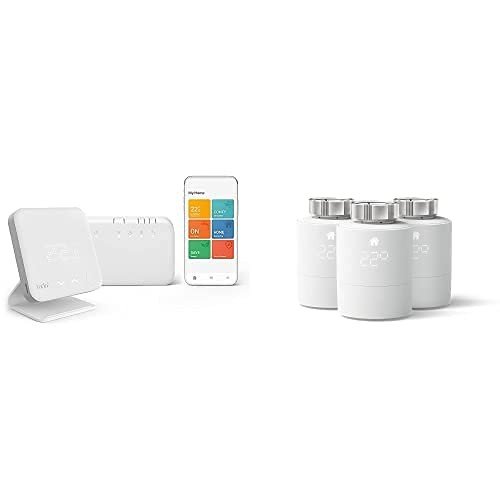Contemporary Lighting in the UK: Transforming Spaces with Illumination
Lighting plays an essential function in defining the ambiance and performance of any area. In the UK, contemporary lighting has actually emerged as a significant style component, using ingenious options that blend aesthetic appeals with practicality. This short article explores the various styles, materials, and technologies shaping contemporary lighting, together with pointers for picking the most ideal fixtures for various settings.
The Evolution of Contemporary Lighting
Contemporary lighting in the UK shows the altering tastes and technological improvements in design. It encapsulates a wide array of designs, consisting of:
- Minimalist: Characterized by simplicity and clean lines, minimalist lighting fixtures focus on form and function without unnecessary decorations.
- Industrial: Inspired by urban settings, industrial lighting integrates raw products like metals and woods with bold styles, developing edgy, practical pieces.
- Scandinavian: Known for its warmth and simplicity, Scandinavian lighting often features soft colors and natural materials, focusing on developing a relaxing environment.
- Smart Lighting: This modern trend integrates innovation with design, permitting users to control their lighting with mobile apps, voice commands, or automation systems.
To illustrate the evolution and range in the field of contemporary lighting, think about the table below, which highlights key characteristics of various designs.
| Design | Secret Characteristics | Popular Materials | Perfect Spaces |
|---|---|---|---|
| Minimalist | Easy, functional designs | Metal, glass, wood | Modern homes, workplaces |
| Industrial | Raw, unfinished appearance | Steel, concrete, wood | Lofts, galleries |
| Scandinavian | Cozy, warm aesthetic appeals | Natural fibers, light wood | Living rooms, coffee shops |
| Smart | Integrated technology, automation | Differs widely | Residences, workplaces, retail spaces |
Selecting Contemporary Lighting Fixtures
Choosing the ideal lighting fixtures for a space needs cautious factor to consider of numerous aspects. Here are crucial elements to keep in mind:
1. Function of the Space
Before picking fixtures, consider the intended use of the area. Different functions require various types of lighting:
- Task Lighting: Focused lighting for activities such as reading, cooking, or studying. Examples include table lamps and under-cabinet lights.
- Ambient Lighting: General lighting that offers overall lighting. Ceiling lights and pendant fixtures fall under this category.
- Accent Lighting: Designed to highlight particular functions or locations, such as artwork or architectural details. Wall sconces and mounted lights are typical choices.
2. Style and Theme
The lighting needs to complement the existing decor. Select fixtures that match or improve the general style of the area, whether it's contemporary, rustic, or diverse.
3. Size and Scale
Think about the percentage of the lighting fixtures relative to the space. A large chandelier might look sensational above a large table, while smaller pendant lights work well in compact settings.
4. Energy Efficiency
With increasing energy expenses and environmental concerns, selecting energy-efficient lighting alternatives is vital. Rustic Lamps UK are an excellent option, providing longevity and lower energy consumption.
5. Versatility
In modern design, adaptability is crucial. Fixtures that can be changed or repositioned boost functionality, allowing users to develop different atmospheres as needed.
Popular Contemporary Lighting Brands in the UK
The contemporary lighting market in the UK boasts many brand names understood for their innovative designs and quality craftsmanship. Some noteworthy discusses consist of:
- FLOS: An Italian brand commemorated for its creative and iconic light fixtures that typically double as pieces of art.
- Tom Dixon: A British designer recognized for his modern, industrial styles that beautifully integrate metal and light.
- Anglepoise: Known for its versatile, functional lamps, perfect for a variety of settings from office to innovative studios.
- John Lewis: Offers a range of contemporary lighting options that cater to a broader audience, including affordable yet elegant choices.
FAQs about Contemporary Lighting in the UK
1. What is contemporary lighting?
Contemporary lighting refers to lighting designs and fixtures that reflect current style patterns, frequently characterized by tidy lines, ingenious shapes, and making use of modern materials and innovations.
2. How do I pick the right lighting for my home?
Consider the purpose of the room, existing design, size of fixtures, energy effectiveness, and flexibility. Evaluate how each piece will contribute to the overall ambiance and functionality of your area.
3. What are some energy-efficient lighting alternatives offered in the UK?
LED lights are the most popular energy-efficient alternative, understood for their long life-span and low energy intake. Compact fluorescent lights (CFLs) and halogen bulbs are other alternatives.
4. Where can I purchase contemporary lighting in the UK?
Contemporary lighting can be found in numerous retail outlets, both online and in physical shops. Noteworthy retailers consist of John Lewis, Habitat, and specialized lighting stores.
5. Can contemporary lighting operate in traditional areas?
Absolutely! Contemporary lighting can improve traditional spaces when chosen thoughtfully. Picking fixtures with a balance between modern and traditional aspects can develop an unified design.
Contemporary lighting in the UK represents more than just lighting; it embodies design innovation and imagination, changing areas and enhancing functionality. As patterns continue to evolve, homeowners and designers alike can explore an extensive series of styles and technologies, guaranteeing that every room bursts with life, warmth, and character. By thinking about the necessary aspects laid out in this post, one can curate a collection of lighting fixtures that resonates with personal design and satisfies practical requirements, ultimately forming comfy and visually enticing environments.

